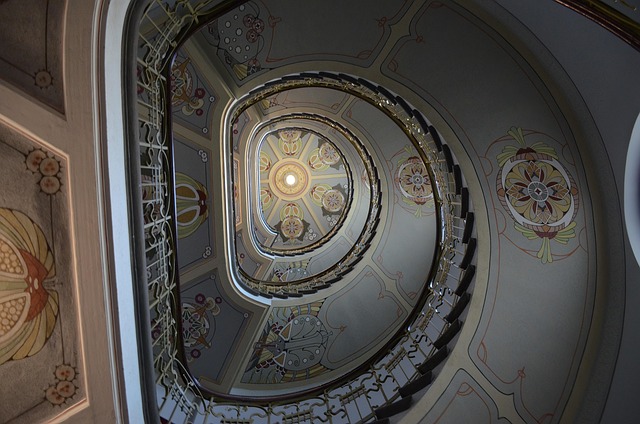Creating Harmony: The Art of Human-Scale Architecture in Design
In the realm of architecture, the fusion of art and design transcends mere functionality; it creates an emotional resonance that can transform our urban landscapes into living, breathing environments. At the heart of this transformation lies the concept of human-scale architecture, a design philosophy that places the individual at the center of the built environment, fostering a profound connection between people and space.
The Essence of Human-Scale Architecture
Human-scale architecture embraces the idea that buildings and public spaces should cater to our physical and emotional needs. It transcends the towering skyscrapers and expansive malls that often dominate modern cityscapes, promoting a more intimate scale that encourages interaction and community bonding. By prioritizing human experience, architects create environments where individuals feel welcome, safe, and inspired.
The Artistic Dimension
At its core, human-scale architecture is an art form. Each structure is a canvas upon which architects express their creativity while considering the unique cultural, historical, and environmental context of a location. The use of natural materials, thoughtful proportions, and harmonious color schemes fosters a sense of balance and beauty that resonates with the human spirit.
Imagine walking through a neighborhood filled with charming, pedestrian-friendly streets. Each building tells its own story, with intricate facades and inviting entrances that beckon passersby to explore. This artistry not only enhances the visual appeal but also evokes a sense of nostalgia and belonging, reminding us of the places we hold dear.
The Role of Design in Community
Design plays a pivotal role in crafting spaces that reflect our values and aspirations. Human-scale architecture encourages inclusivity and participation, where public parks, plazas, and community centers come alive with activity. These spaces serve as vital social hubs, promoting interaction among residents and fostering a sense of community ownership.
Furthermore, practical elements such as benches, shaded walkways, and art installations invite people to linger and connect. When designed with care, these features not only enhance functionality but also weave a richer tapestry of experiences, allowing people to pause, reflect, and engage with their surroundings.
Embracing Sustainability
Incorporating sustainability into human-scale architecture amplifies its significance in our lives. By blending architecture with nature, designers can create energy-efficient buildings that harmonize with their environment. Green rooftops, community gardens, and natural ventilation systems not only reduce our ecological footprint but also enhance our relationship with the world around us.
Designing with attention to detail can lead to spaces that reflect the local ecosystem and promote biodiversity. As we strive to create a better world for future generations, human-scale architecture emerges as a beacon of hope, guiding us toward sustainable living without sacrificing our sense of community.
Inviting a New Perspective
As we navigate the complexities of urban living, embracing the tenets of human-scale architecture allows us to redefine our environments. By prioritizing human experience and fostering connections, we can appreciate the beauty that surrounds us and create spaces that echo the rhythms of our lives.
Through this practice, we have the power to inspire future generations to value not only the aesthetics of their surroundings but also the art of design that nurtures a deep sense of belonging. As architects and designers, let’s strive to cultivate harmony in our creations, making the world a more inviting place for all.




